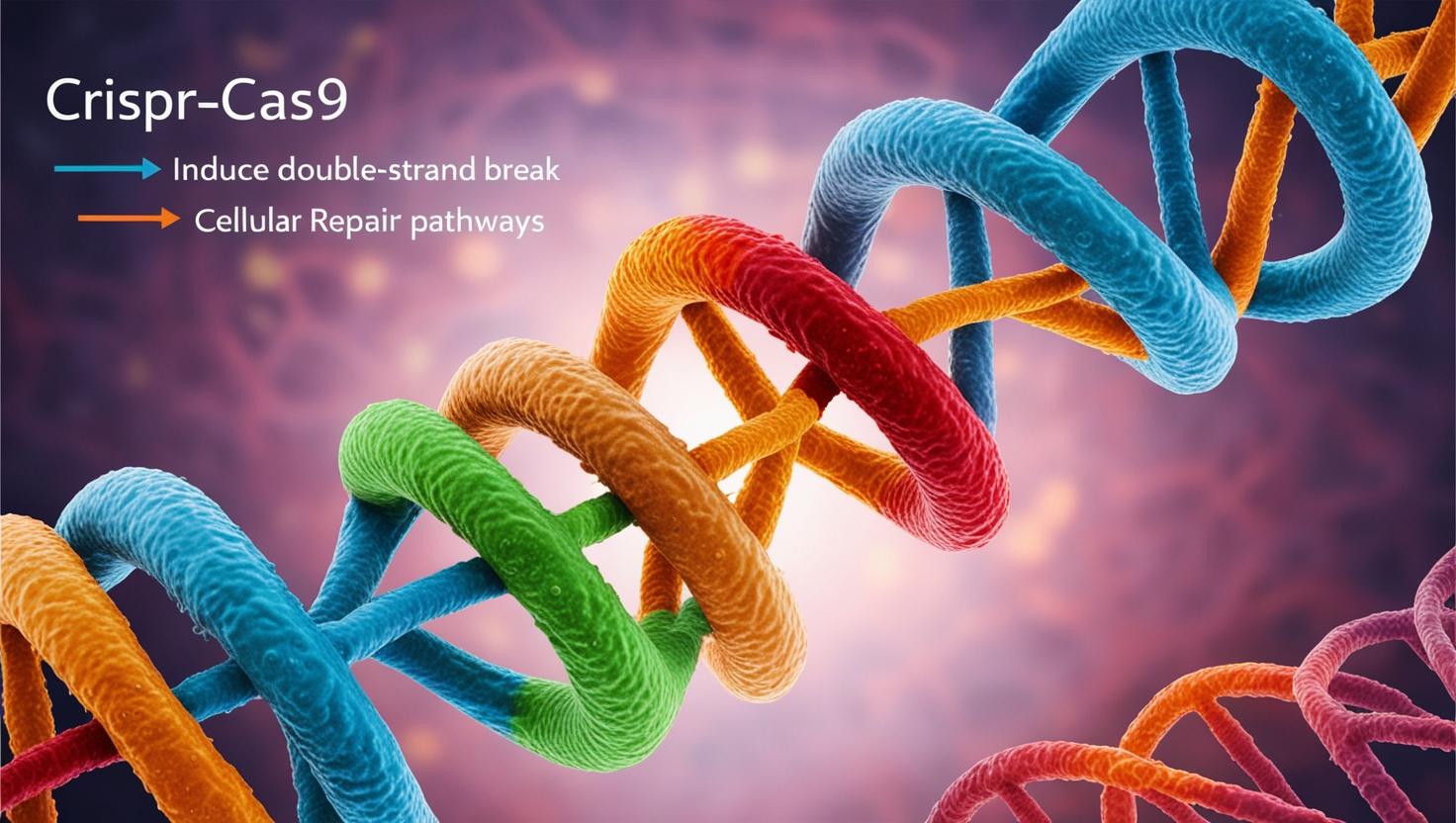Filters
Host (768597)
Bovine (1090)Canine (20)Cat (408)Chicken (1642)Cod (2)Cow (333)Crab (15)Dog (524)Dolphin (2)Duck (13)E Coli (239129)Equine (7)Feline (1864)Ferret (306)Fish (125)Frog (55)Goat (36847)Guinea Pig (752)Hamster (1376)Horse (903)Insect (2053)Mammalian (512)Mice (6)Monkey (601)Mouse (96266)Pig (197)Porcine (70)Rabbit (358709)Rat (11723)Ray (55)Salamander (4)Salmon (15)Shark (3)Sheep (4247)Snake (4)Swine (301)Turkey (57)Whale (3)Yeast (5336)Zebrafish (3022)Isotype (156643)
IgA (13624)IgA1 (941)IgA2 (318)IgD (1949)IgE (5594)IgG (87187)IgG1 (16733)IgG2 (1329)IgG3 (2719)IgG4 (1689)IgM (22029)IgY (2531)Label (239340)
AF488 (2465)AF594 (662)AF647 (2324)ALEXA (11546)ALEXA FLUOR 350 (255)ALEXA FLUOR 405 (260)ALEXA FLUOR 488 (672)ALEXA FLUOR 532 (260)ALEXA FLUOR 555 (274)ALEXA FLUOR 568 (253)ALEXA FLUOR 594 (299)ALEXA FLUOR 633 (262)ALEXA FLUOR 647 (607)ALEXA FLUOR 660 (252)ALEXA FLUOR 680 (422)ALEXA FLUOR 700 (2)ALEXA FLUOR 750 (414)ALEXA FLUOR 790 (215)Alkaline Phosphatase (825)Allophycocyanin (32)ALP (387)AMCA (80)AP (1160)APC (15217)APC C750 (13)Apc Cy7 (1248)ATTO 390 (3)ATTO 488 (6)ATTO 550 (1)ATTO 594 (5)ATTO 647N (4)AVI (53)Beads (225)Beta Gal (2)BgG (1)BIMA (6)Biotin (27817)Biotinylated (1810)Blue (708)BSA (878)BTG (46)C Terminal (688)CF Blue (19)Colloidal (22)Conjugated (29246)Cy (163)Cy3 (390)Cy5 (2041)Cy5 5 (2469)Cy5 PE (1)Cy7 (3638)Dual (170)DY549 (3)DY649 (3)Dye (1)DyLight (1430)DyLight 405 (7)DyLight 488 (216)DyLight 549 (17)DyLight 594 (84)DyLight 649 (3)DyLight 650 (35)DyLight 680 (17)DyLight 800 (21)Fam (5)Fc Tag (8)FITC (30165)Flag (208)Fluorescent (146)GFP (563)GFP Tag (164)Glucose Oxidase (59)Gold (511)Green (580)GST (711)GST Tag (315)HA Tag (430)His (619)His Tag (492)Horseradish (550)HRP (12960)HSA (249)iFluor (16571)Isoform b (31)KLH (88)Luciferase (105)Magnetic (254)MBP (338)MBP Tag (87)Myc Tag (398)OC 515 (1)Orange (78)OVA (104)Pacific Blue (213)Particle (64)PE (33571)PerCP (8438)Peroxidase (1380)POD (11)Poly Hrp (92)Poly Hrp40 (13)Poly Hrp80 (3)Puro (32)Red (2440)RFP Tag (63)Rhodamine (607)RPE (910)S Tag (194)SCF (184)SPRD (351)Streptavidin (55)SureLight (77)T7 Tag (97)Tag (4710)Texas (1249)Texas Red (1231)Triple (10)TRITC (1401)TRX tag (87)Unconjugated (2110)Unlabeled (218)Yellow (84)Pathogen (489613)
Adenovirus (8665)AIV (315)Bordetella (25035)Borrelia (18281)Candida (17817)Chikungunya (638)Chlamydia (17650)CMV (121394)Coronavirus (5948)Coxsackie (854)Dengue (2868)EBV (1510)Echovirus (215)Enterovirus (677)Hantavirus (254)HAV (905)HBV (2095)HHV (873)HIV (7865)hMPV (300)HSV (2356)HTLV (634)Influenza (22132)Isolate (1208)KSHV (396)Lentivirus (3755)Lineage (3025)Lysate (127759)Marek (93)Measles (1163)Parainfluenza (1681)Poliovirus (3030)Poxvirus (74)Rabies (1519)Reovirus (527)Retrovirus (1069)Rhinovirus (507)Rotavirus (5346)RSV (1781)Rubella (1070)SIV (277)Strain (67790)Vaccinia (7233)VZV (666)WNV (363)Species (2982223)
Alligator (10)Bovine (159546)Canine (120648)Cat (13082)Chicken (113771)Cod (1)Cow (2030)Dog (12745)Dolphin (21)Duck (9567)Equine (2004)Feline (996)Ferret (259)Fish (12797)Frog (1)Goat (90451)Guinea Pig (87888)Hamster (36959)Horse (41226)Human (955186)Insect (653)Lemur (119)Lizard (24)Monkey (110914)Mouse (470743)Pig (26204)Porcine (131703)Rabbit (127597)Rat (347841)Ray (442)Salmon (348)Seal (8)Shark (29)Sheep (104984)Snake (12)Swine (511)Toad (4)Turkey (244)Turtle (75)Whale (45)Zebrafish (535)Technique (5597646)
Activation (170393)Activity (10733)Affinity (44631)Agarose (2604)Aggregation (199)Antigen (135358)Apoptosis (27447)Array (2022)Blocking (71767)Blood (8528)Blot (10966)ChiP (815)Chromatin (6286)Colorimetric (9913)Control (80065)Culture (3218)Cytometry (5481)Depletion (54)DNA (172449)Dot (233)EIA (1039)Electron (6275)Electrophoresis (254)Elispot (1294)Enzymes (52671)Exosome (4280)Extract (1090)Fab (2230)FACS (43)FC (80929)Flow (6666)Fluorometric (1407)Formalin (97)Frozen (2671)Functional (708)Gel (2484)HTS (136)IF (12906)IHC (16566)Immunoassay (1589)Immunofluorescence (4119)Immunohistochemistry (72)Immunoprecipitation (68)intracellular (5602)IP (2840)iPSC (259)Isotype (8791)Lateral (1585)Lenti (319416)Light (37250)Microarray (47)MicroRNA (4834)Microscopy (52)miRNA (88044)Monoclonal (516109)Multi (3844)Multiplex (302)Negative (4261)PAGE (2520)Panel (1520)Paraffin (2587)PBS (20270)PCR (9)Peptide (276160)PerCP (13759)Polyclonal (2762994)Positive (6335)Precipitation (61)Premix (130)Primers (3467)Probe (2627)Profile (229)Pure (7808)Purification (15)Purified (78305)Real Time (3042)Resin (2955)Reverse (2435)RIA (460)RNAi (17)Rox (1022)RT PCR (6608)Sample (2667)SDS (1527)Section (2895)Separation (86)Sequencing (122)Shift (22)siRNA (319447)Standard (42468)Sterile (10170)Strip (1863)Taq (2)Tip (1176)Tissue (42812)Tube (3306)Vitro (3577)Vivo (981)WB (2515)Western Blot (10683)Tissue (2015946)
Adenocarcinoma (1075)Adipose (3459)Adrenal (657)Adult (4883)Amniotic (65)Animal (2447)Aorta (436)Appendix (89)Array (2022)Ascites (4377)Bile Duct (20)Bladder (1672)Blood (8528)Bone (27330)Brain (31189)Breast (10917)Calvaria (28)Carcinoma (13493)cDNA (58547)Cell (413805)Cellular (9357)Cerebellum (700)Cervix (232)Child (1)Choroid (19)Colon (3911)Connective (3601)Contaminant (3)Control (80065)Cord (661)Corpus (148)Cortex (698)Dendritic (1849)Diseased (265)Donor (1360)Duct (861)Duodenum (643)Embryo (425)Embryonic (4583)Endometrium (463)Endothelium (1424)Epidermis (166)Epithelium (4221)Esophagus (716)Exosome (4280)Eye (2033)Female (475)Frozen (2671)Gallbladder (155)Genital (5)Gland (3436)Granulocyte (8981)Heart (6850)Hela (413)Hippocampus (325)Histiocytic (74)Ileum (201)Insect (4880)Intestine (1944)Isolate (1208)Jejunum (175)Kidney (8075)Langerhans (283)Leukemia (21541)Liver (17340)Lobe (835)Lung (6064)Lymph (1208)Lymphatic (639)lymphocyte (22572)Lymphoma (12782)Lysate (127759)Lysosome (2813)Macrophage (31794)Male (1617)Malignant (1465)Mammary (1985)Mantle (1042)Marrow (2210)Mastocytoma (3)Matched (11710)Medulla (156)Melanoma (15522)Membrane (105772)Metastatic (3574)Mitochondrial (160319)Muscle (37419)Myeloma (748)Myocardium (11)Nerve (6398)Neuronal (17028)Node (1206)Normal (9486)Omentum (10)Ovarian (2509)Ovary (1172)Pair (47185)Pancreas (2843)Panel (1520)Penis (64)Peripheral (1912)Pharynx (122)Pituitary (5411)Placenta (4038)Prostate (9423)Proximal (318)Rectum (316)Region (202210)Retina (956)Salivary (3119)Sarcoma (6946)Section (2895)Serum (24880)Set (167654)Skeletal (13628)Skin (1879)Smooth (7577)Spinal (424)Spleen (2292)Stem (8892)Stomach (925)Stroma (49)Subcutaneous (47)Testis (15393)Thalamus (127)Thoracic (60)Throat (40)Thymus (2986)Thyroid (14121)Tongue (140)Total (10135)Trachea (227)Transformed (175)Tubule (48)Tumor (76921)Umbilical (208)Ureter (73)Urinary (2466)Uterine (303)Uterus (414)CRISPR Gene Knock-In
CRISPR gene knock-in has emerged as one of the most transformative tools in modern molecular biology, enabling scientists to precisely insert or replace genetic sequences at targeted genomic locations . Unlike traditional knockout methods that disable genes, CRISPR knock-in allows for accurate DNA modifications , making it invaluable in research, medicine, and biotechnology.
Genprice
Scientific Publications

CRISPR Gene Knock-In
1️⃣ What Is CRISPR Gene Knock-In?
CRISPR gene knock-in is a genome editing technique that enables the targeted insertion or replacement of specific DNA sequences using the CRISPR-Cas9 system. It goes beyond simply disabling genes — instead, it allows scientists to integrate new genetic material such as reporter genes (like GFP), correct disease-causing mutations, or tag endogenous proteins with fluorescent markers.
This precision is achieved primarily through the homology-directed repair (HDR) pathway. After Cas9 introduces a double-strand break (DSB) at a desired location, a donor DNA template containing homologous sequences is introduced. The cell then uses this donor to accurately repair the break, incorporating the new sequence into the genome.
2️⃣ How Does CRISPR Knock-In Work?
The process of CRISPR-mediated gene knock-in involves several coordinated steps:
sgRNA Design : A single guide RNA (sgRNA) is designed to direct the Cas9 enzyme to a precise genomic locus where the modification will occur.
Double-Strand Break (DSB) : Cas9 induces a double-strand break at the target site, activating the cell’s natural DNA repair machinery.
Donor Template Introduction : A donor DNA template carrying the desired genetic modification — flanked by homologous arms (~500–1000 bp) — is delivered into the cell along with the CRISPR components.
Homology-Directed Repair (HDR) : During the S/G2 phase of the cell cycle , the cell repairs the DSB via HDR , using the donor DNA as a blueprint. This results in precise integration of the new sequence at the intended location.
Screening and Validation : After editing, successfully modified cells must be identified through selection markers (e.g., antibiotic resistance) and validated using techniques like PCR, sequencing, or Western blotting .
Homology-Directed Repair (HDR) vs Non-Homologous End Joining (NHEJ)
In CRISPR-mediated genome editing, the cellular response to Cas9-induced double-strand breaks (DSBs) is governed by two primary repair pathways: Homology-Directed Repair (HDR) and Non-Homologous End Joining (NHEJ) . HDR is a high-fidelity repair mechanism that relies on the presence of a homologous DNA template—typically provided as a donor sequence—to accurately restore the broken DNA. This pathway enables precise gene knock-in , allowing researchers to insert, replace, or correct specific genetic sequences with base-pair accuracy. However, HDR is largely restricted to the S and G2 phases of the cell cycle , and its efficiency tends to be low, especially in non-dividing or difficult-to-transfect cells. In contrast, NHEJ operates throughout the cell cycle and directly ligates the broken DNA ends without requiring a template. While this makes NHEJ more efficient, it also introduces small insertions or deletions (indels) at the break site, often disrupting gene function—a mechanism typically exploited for gene knockout rather than precise integration . Understanding the balance and competition between these two pathways is crucial for optimizing CRISPR-based genome engineering strategies, particularly when aiming for targeted knock-in modifications.
3️⃣ Applications of CRISPR Knock-In Technology
Functional Genomics : Researchers use CRISPR knock-in to tag proteins with fluorescent reporters (e.g., GFP, mCherry) for real-time tracking of protein expression, localization, and interactions within living cells.
Disease Modeling : Knock-in models are essential for studying human diseases. For instance, mouse and cellular models carrying patient-derived mutations help researchers investigate conditions like Alzheimer’s, Parkinson’s, and various cancers .
Therapeutic Development : CRISPR knock-in holds promise for treating monogenic disorders such as sickle cell anemia, cystic fibrosis, and Duchenne muscular dystrophy by correcting faulty genes at their source.
Synthetic Biology : Beyond disease modeling, CRISPR knock-in is used to build synthetic gene circuits , introduce regulatory switches , and develop biosensors for industrial and environmental applications.
4️⃣ Challenges and Limitations
Low HDR Efficiency : HDR occurs only during S/G2 phases , limiting knock-in success compared to NHEJ , which operates throughout the cell cycle.
Off-Target Effects : If the sgRNA binds to unintended sites, off-target edits may occur, potentially leading to harmful mutations.
Toxicity from Donor DNA : Excessive donor DNA can trigger immune responses or cytotoxic effects , particularly in vivo.
Difficulty in Screening : Identifying edited cells often requires labor-intensive validation methods , including PCR, Southern blotting, and next-generation sequencing .
Species and Cell-Type Variability : HDR efficiency varies significantly depending on cell type and organism , requiring tailored approaches for each experimental model.
